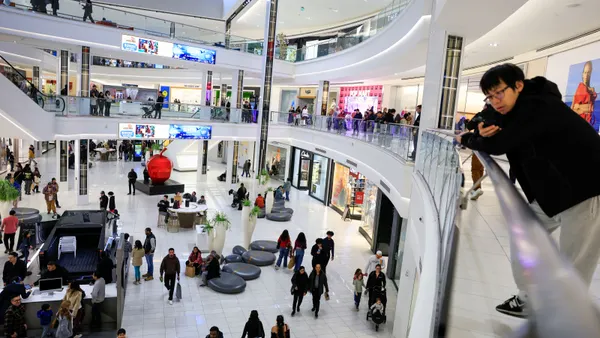Dive Brief:
-
Target is expanding its specialty IT team this year, hiring 1,000 new engineers and technology workers, half of which will work in the U.S. and half in Bangalore, India, in order to improve its web, mobile, and supply chain operations. The retailer laid off 235 technology workers amid cost-cutting and restructuring; new hires will include specialists in analytics and economic modeling, among other areas, CEO Brian Cornell said Wednesday.
-
And top leaders of the retailer —including Cornell himself—is meeting Target customers in their homes to get to know their fashion and food choices and shopping habits.
-
Cornell says he believes the company’s core customer has expanded beyond the soccer mom to include Hispanics and millennials, who are both often more urban and mobile savvy than its older, whiter, more suburban customers.
Dive Insight:
Under previous CEO Gregg Steinhafel, Target lost much of the reputation it had gained from innovations like working with fashion designers for its apparel and home goods, and focusing instead on grocery. That was capped off at the holidays in 2013 with a massive data breach that turned off many of its loyal customers for weeks.
Target has been climbing out fairly well so far, but Cornell is clearly aiming higher. Amazon and e-commerce in general has only become more dominant as mobile is emerging as a major shopping channel (one that Hispanics and younger people in general are not just comfortable with but also have high expectations of). The successful omni-channel retailer must have stellar stores, a nimble inventory and supply chain operation, smooth shopping on all channels, and plenty of merchandise that can’t be found on Amazon.
“It’s not just about Mom anymore,” Cornell said at a talk in front of Minneapolis business leaders Wednesday, according to the Star-Tribune.
The new tech hires will no doubt help the retailer address issues like those on Cyber Monday, when its website sent customers into a queue during shopping and checkout as the site became overwhelmed by traffic.
At the time, experts told Retail Dive that the metering approach was actually not a bad fall-back, considering the waits were brief, customers and their shopping carts were kept in line, and the communication was clear.
Still, they also said that it’s not a situation that Target can afford to repeat. As Mike Azevedo, CEO of database company Clustrix, told Retail Dive then: “They’re not using state of the art technology.”
Plus, he said, mobile is helping make shoppers less tolerant.
“You don’t have the shopper in their cozy couch, so they don’t have the patience,” he said. “So you lose them faster and a slow-down will annoy them even more. There’s more of an impact with a slow site on a phone.”














